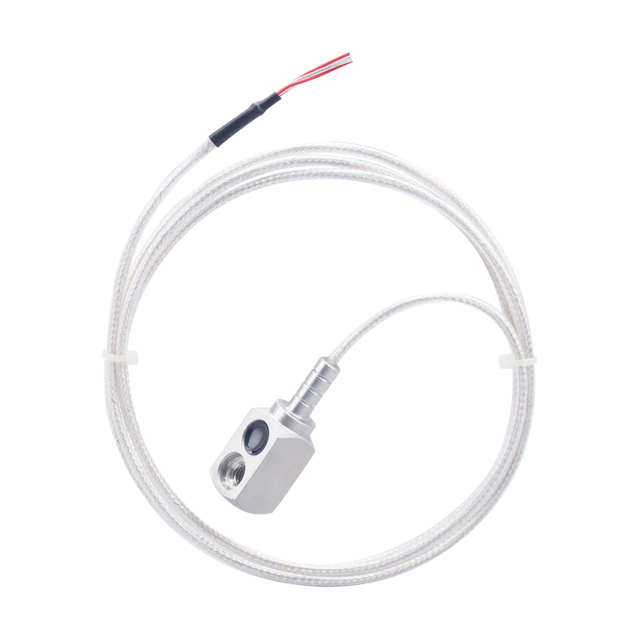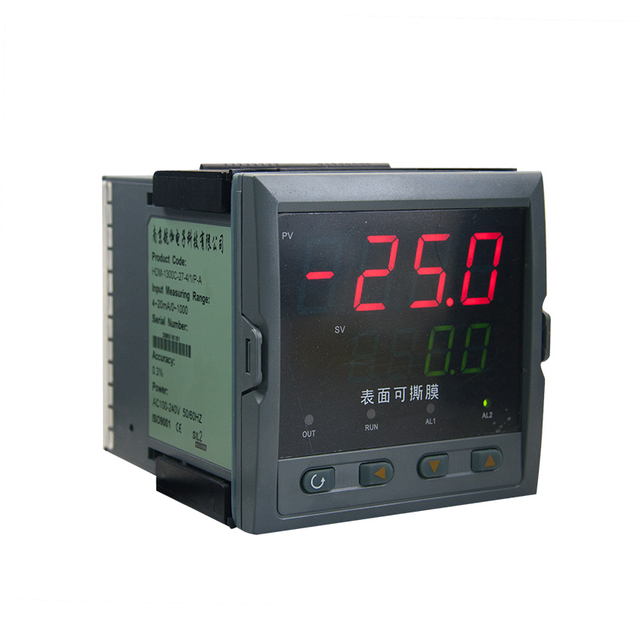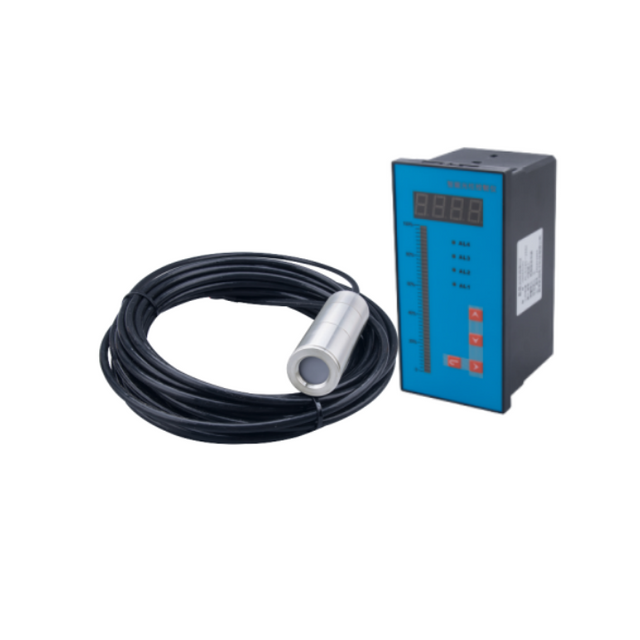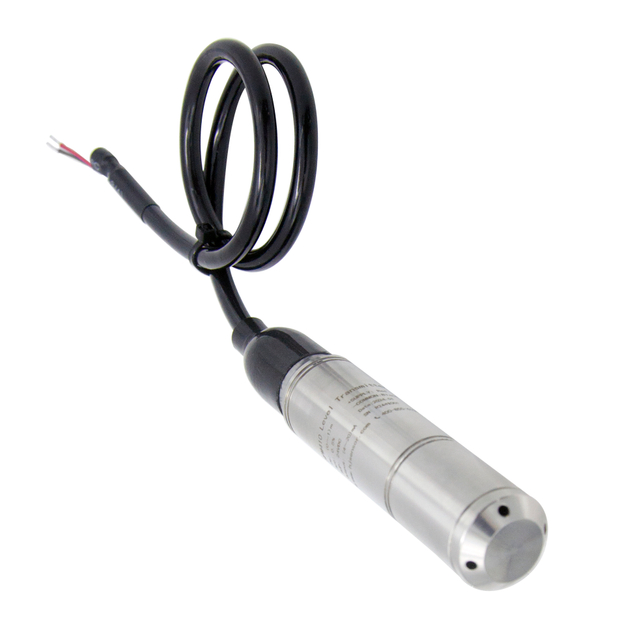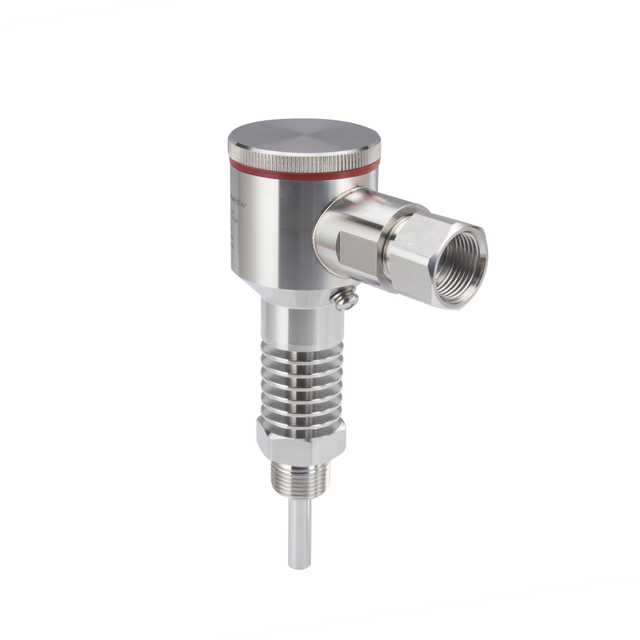PRODUCT CATEGORY
Temperature Sensors
Temperature sensors are devices used to measure and monitor the temperature of a system or environment. They play a vital role in a variety of industries and applications, including HVAC systems, manufacturing processes, food storage and scientific research. These sensors provide accurate temperature readings by converting thermal energy into electrical signals. They can be based on different principles such as thermocouples, resistance temperature detectors (RTDs) or thermistors. Temperature sensors, including temperature switches, enable precise temperature control, ensuring optimal performance, safety and efficiency in many systems. They are important tools for maintaining required temperature ranges, detecting anomalies, and facilitating data analysis in various fields.
FAQ:
1. What are the 4 types of temperature sensors?
The four main types of temperature sensors are: thermocouples, RTDs (Resistance Temperature Detectors), thermistors, and infrared sensors. Thermocouples are widely used for high temperatures, RTDs are accurate and stable, thermistors are sensitive to temperature changes, and infrared sensors detect surface temperatures without contact.
2. What are the three temperature sensors?
The three most common types of temperature sensors are thermocouples, RTDs, and thermistors. Thermocouples are good for wide temperature ranges, RTDs are highly accurate, and thermistors are highly sensitive to small temperature changes, making them ideal for precise measurements.
3. What are the different types of air temperature sensors?
Common types of air temperature sensors include thermocouples, RTDs, thermistors, and infrared sensors. Thermocouples are fast and handle high temperatures, RTDs provide accuracy, thermistors are precise for small ranges, and infrared sensors detect temperature without making physical contact with the air.
4. Which temperature sensor to use?
The choice of temperature sensor depends on the application. Thermocouples are ideal for high temperatures, RTDs for precision in industrial applications, thermistors for accurate measurements in small temperature ranges, and infrared sensors for non-contact temperature measurements, especially in moving or hazardous environments.

